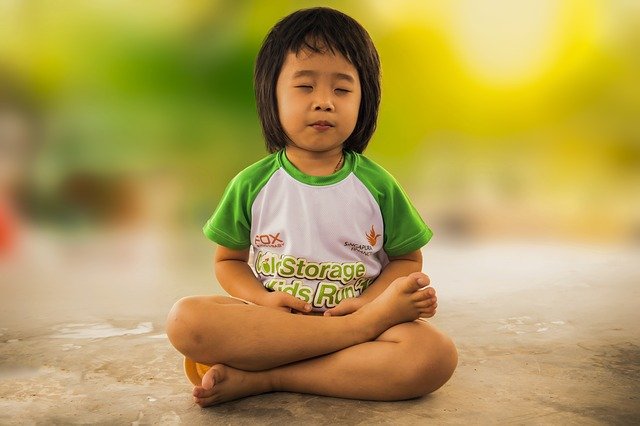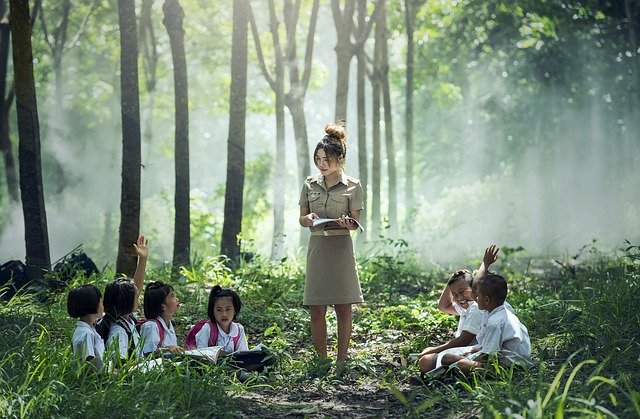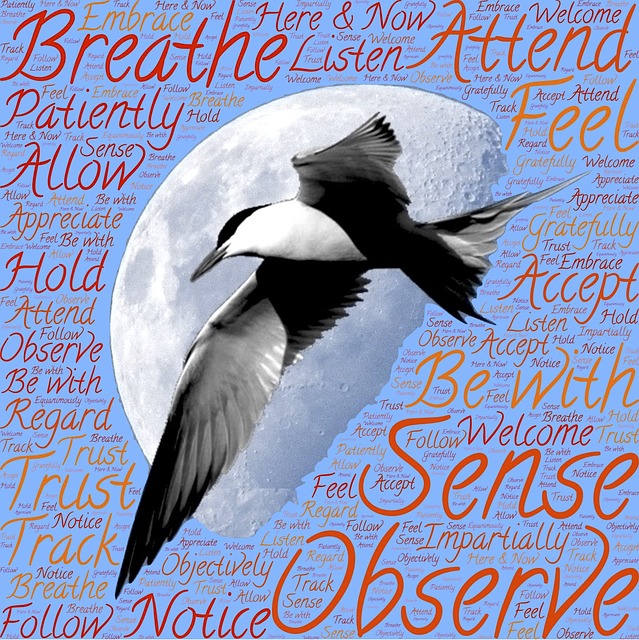In his book, The Human Quest for Meaning, Paul Wong maintains that finding a unique purpose that transcends yourself and realises your full potential as one of the pillars of a meaningful life. Identifying and pursuing your life purpose is a key ingredient to experiencing happiness in your life. People often experience dissatisfaction and unhappiness if they are not able to use their core skills, knowledge, and experience in the pursuit of something that is meaningful and transcends themselves. Each of us is attempting to create a meaningful story for our life that is not constrained by limiting, negative self-talk.
There are many pathways to identifying and pursuing your life purpose and each of us has to find our own path. For some, the catalyst for finding their life purpose is a life crisis experienced by themselves, e.g., a life-threatening illness or major job loss; for others, the catalyst can be observing others experiencing extreme or destitute conditions. Some people consciously pursue their life purpose through meditation and mindfulness practices and find the strength and sensitivity to pursue their life purpose.
Discovering and pursuing life purpose through nature
Ruth Allen, author of Grounded: How Connection with Nature can Improve Our Mental and Physical Wellbeing, tells the story of how she was totally absorbed by nature as a child and loved being amongst trees and wildlife. Motivated by this love of nature, she decided to complete a degree in geology and undertake related PhD research. However, she found that she ended up further and further away from nature as she pursued her research and work in a laboratory studying tiny samples through a microscope.
Ruth lost the sense of the expansiveness and the interconnectedness of nature and her own connection with it. She decided that to identify her true purpose in life, she had to get back into nature which she did over a number of years in forests and the wild. She had lost her way and sought to rebalance her life through her immersion in nature. She eventually discovered her life purpose as a counsellor and eco-psychotherapist helping other people to regain balance in their life through connection with nature. She is able to use eco-therapies in her outdoor practice and to motivate others to connect to nature through her speaking, writing and adventure modelling.
Discovering and pursuing life purpose through meditation and chanting
Tina Turner tells the story of how she overcame the various traumas in her life through meditation and chanting. She felt totally disillusioned with life and distressed by her abusive relationship. By persistent, daily practice of Buddhist meditation and chanting, she was able to find the energy, insight, and courage to pursue her life purpose as a singer who moved people and a social activist through her work as co-founder and contributor to the Beyond Music Project which seeks to develop connectedness and unity through the celebration of cultural diversity. Despite her adversity, she was able to develop resilience and happiness in pursuit of a meaningful and rewarding life.
Motivated to a life of compassionate action after observing the desperate plight of other people
There are numerous instances where people have discovered their life purpose by observing the destitution, desperation, or debilitating life of others. Here are some examples:
- Nicolle Edwards and husband Gareth set up the domestic violence support service RizeUp Australia when they observed the plight of women fleeing domestic violence with their children. Their focus is on providing the set-up requirements for emergency housing and they have established the charity to gather donations (money and furniture) to support their work in helping domestic violence victims transition into a different housing environment. They have been surprised by the level of support that they have been able to muster through unified action in pursuit of what has become their life purpose.
- Isabel Allende, in her recent book The Soul of a Woman, recounts how through her research of violence against women (including a visit to a small community of women in Kenya whose lives had been devastated by war and AIDS), she was moved to establish the Isabelle Allende Foundation whose mission is to empower women to “to secure reproductive rights, economic independence and freedom from violence”. Isabel’s poignant and soul-searching memoir, Paula, written during her daughter’s fatal, porphyria-induced coma was an outstanding success and generated the income which Isabel used to create the Foundation. She sees her life purpose as enabling women to be safe, valued and loved and to have empowerment through control over their own bodies and personal resources. Isabel pursues her life purpose through her Foundation and her writing – she has written 26 books selling over 74 million copies.
- Olga Murray, a highly successful and widely respected lawyer, was moved by the impoverishment of children in Nepal when she visited Kathmandu and observed their destitute conditions, including young girls being sold into slavery and prostitution during a Festival. She established the Nepal Youth Foundation in 1990 to provide children who were the most impoverished with “education, housing, medical care and human rights.” She has continued to work to support the Foundation in her 90’s and the Foundation continues to save girls from slavery through their “indentured daughters” program.
- Goldie Hawn, through her own experience of panic attacks as a child, developed a very strong empathy for children suffering unhappiness and depression through mental illness. She had used meditation throughout her own life to develop self-awareness and manage her own emotional stress and she became acutely aware of how mindfulness enables children to manage the stresses of their lives. This led her to establish the Goldie Hawn Foundation which developed the MindUP program which employs educational programs to facilitate the well-being of children. The programs for both children and teachers are soundly based on “neuroscience, mindfulness awareness, positive psychology and social-emotional learning (SEL)”.
Reflection
Many things can be a catalyst for discovering our life purpose and providing the energy and motivation to pursue it with courage and focused action. As we grow in mindfulness through meditation, mindfulness practices and reflection on our life experiences, we can develop the insight to identify our unique purpose and the resilience to pursue it through compassionate action.
Hugh Van Cuylenburg developed the GEM pathway to happiness and resilience – gratitude, empathy, mindfulness – after a visit to a poor village in India. He now pursues his life purpose as a motivational speaker and writer working with multiple organisations, including elite sport’s teams.
__________________________________________
Image by Vikramjit Kakati from Pixabay
By Ron Passfield – Copyright (Creative Commons license, Attribution–Non Commercial–No Derivatives)
Disclosure: If you purchase a product through this site, I may earn a commission which will help to pay for the site, the associated Meetup group, and the resources to support the blog.





